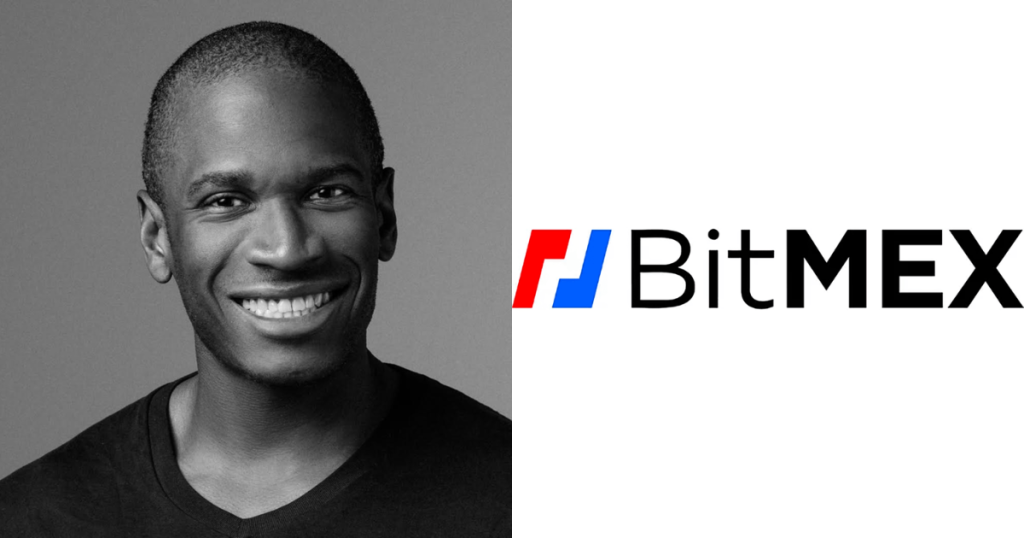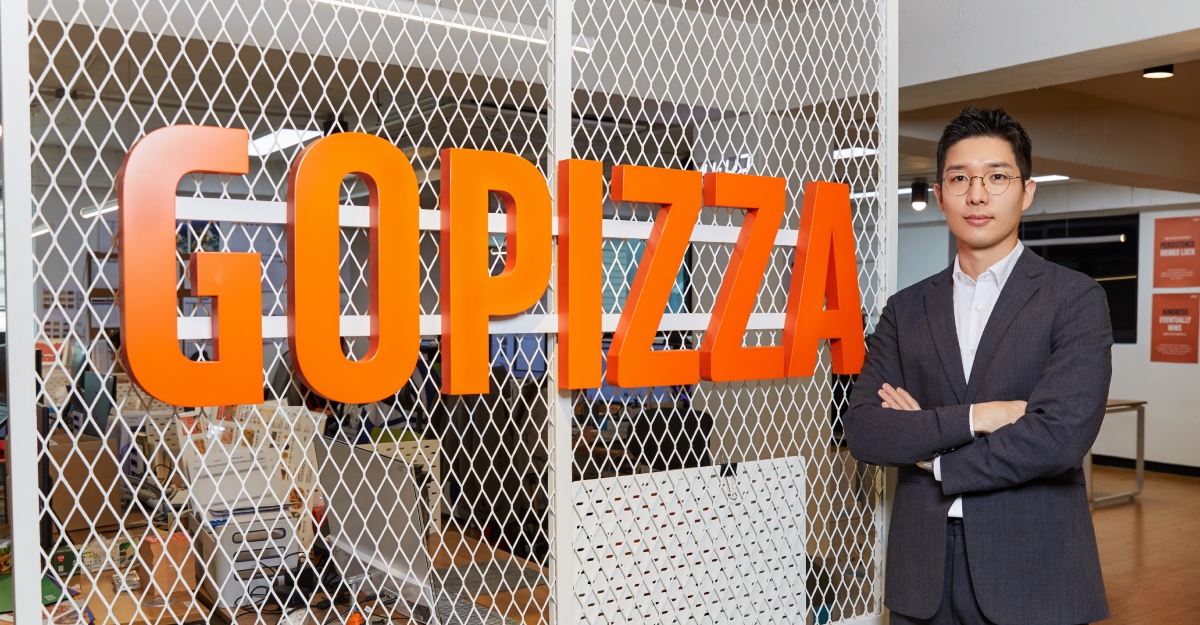Since the inception of Bitcoin, there have been three so-called crypto ‘bull runs’, occurring every four years since 2012. These have coincided with halving events, wherein the rewards for mining a block of Bitcoin are permanently halved.
Each of such event reduces the rate at which new bitcoins enter the market and in the past, this change in supply has been met with an increase in Bitcoin prices.
The next Bitcoin halving is due to happen in 2024 and if history was a guaranteed indicator, Bitcoin would reach all-time-highs soon after. However, as finance’s most common disclaimer goes: past performance is not indicative of future results.
In reality, there are a number of factors which could influence the correlation between the Bitcoin halving and crypto bull markets. Broader macroeconomic conditions certainly have a role to play – crypto investments might not appeal to a world in recession.
There are also other innovations, specifically Artificial Intelligence (AI), which have taken the spotlight over the past year and could detract from a crypto boom.
At Token2049 Singapore, Bitmex co-founder Arthur Hayes presents an optimistic theory, predicting that both the global debt problem and rise of AI will lend themselves to an unprecedented bull market for crypto and other risk assets.
Here’s what the ultimate crypto bull case looks like.
Turning on the money printer
In the first quarter of 2023, global debt crossed record highs of US$300 trillion, previously seen in the aftermath of the pandemic. The ratio between global debt and gross domestic product (GDP) has proven to be even more alarming, growing from 102 per cent in 2020 to 349 per cent in 2022. This ratio signifies a country’s abilities to pay back its debts.
As Hayes explains, “We borrow from the future to build things today.” In an ideal scenario, a country would borrow money to promote economic activities – be it through infrastructure or education – and grow its Gross Domestic Product (GDP). This GDP growth could, in turn, be used to pay off debts.
The problem arises when the borrowed money doesn’t lead to growth – perhaps, due to a lack of manpower. Hayes says, “When you look at developed economies, we’re actually going into a deficit of human population growth.”
In the past, countries might have borrowed money to build infrastructure, but can’t maximise its use today due to a shrinking workforce.

In such a case, there’s not enough GDP growth to offset debt. Regardless, the debt must still be paid off or rolled over. For example, the US currently faces US$8 trillion worth of bonds which are maturing by 2026. Given the lack of population growth, Hayes questions, “Who’s going to buy all this debt?”
As indicated by the global debt to GDP ratio, this is not a US-exclusive problem, but one affecting a large number of countries. “So what do governments do when they have a bunch of debt that needs to be [rolled over] and no one around actually wants to acquire it? They print money,” Hayes says.
“This is going to be the biggest issuance of money that we’ve ever seen, because this market is the largest it has ever been globally,” he continues.
According to data tracked by MacroMicro, macroeconomic conditions – specifically, the abundance of fiat liquidity – have played a significant role in previous crypto bull markets. This ties in with Hayes’ theory for the upcoming crypto boom.
Riding on AI’s coattails
Next, moving on from the macro outlook, Hayes zooms in on the current trends driving technology. In a matter of the last few months, AI technology has significantly broadened the scope for innovation across a number of industries.
This has been reflected by the stock market, with the posterboy AI stock NVIDIA (NVDA) up almost 250 per cent in the past year and now trading at a price-to-earnings ratio over 100.
Trillions of dollars of value have been added to AI stocks, and Hayes believes that there’s a lot more still to come. “Some would say it’s a bubble and I would agree, but I think it’s going to get even more ridiculous in terms of how much people are willing to pay [to invest in AI].”

So, how does this tie into crypto? Hayes argues that decentralisation will be integral as AI technology continues to grow and evolve.
“At a fundamental level, AI does not care about human laws and regulations. I argue that it’s almost impossible for a singular government to unilaterally punish an AI.”
As such, to keep AI in check, regulations will need to be codified in the form of smart contracts. This could help address issues surrounding copyright infringement and the spread of misinformation which already plague AI today.
Data storage is another concern for AI technology which Hayes thinks can be solved by decentralisation. “A centralised company can shut you off, change their pricing – it’s their data centre.”
Given that AI relies entirely on data banks, there are a lot of drawbacks in leaving said data in the hands of a third party.
Citing the above reasons, Hayes believes that the bull markets in both fiat currency and the tech sector will result in the next crypto boom.
“I call it double happiness. I think the next bull run in early 2024 is going to be the biggest bull market in crypto and risk assets since the end of World War II and the Great Depression.”
Featured Image Credit: Ishan Singh / Token2049 Singapore 2023








